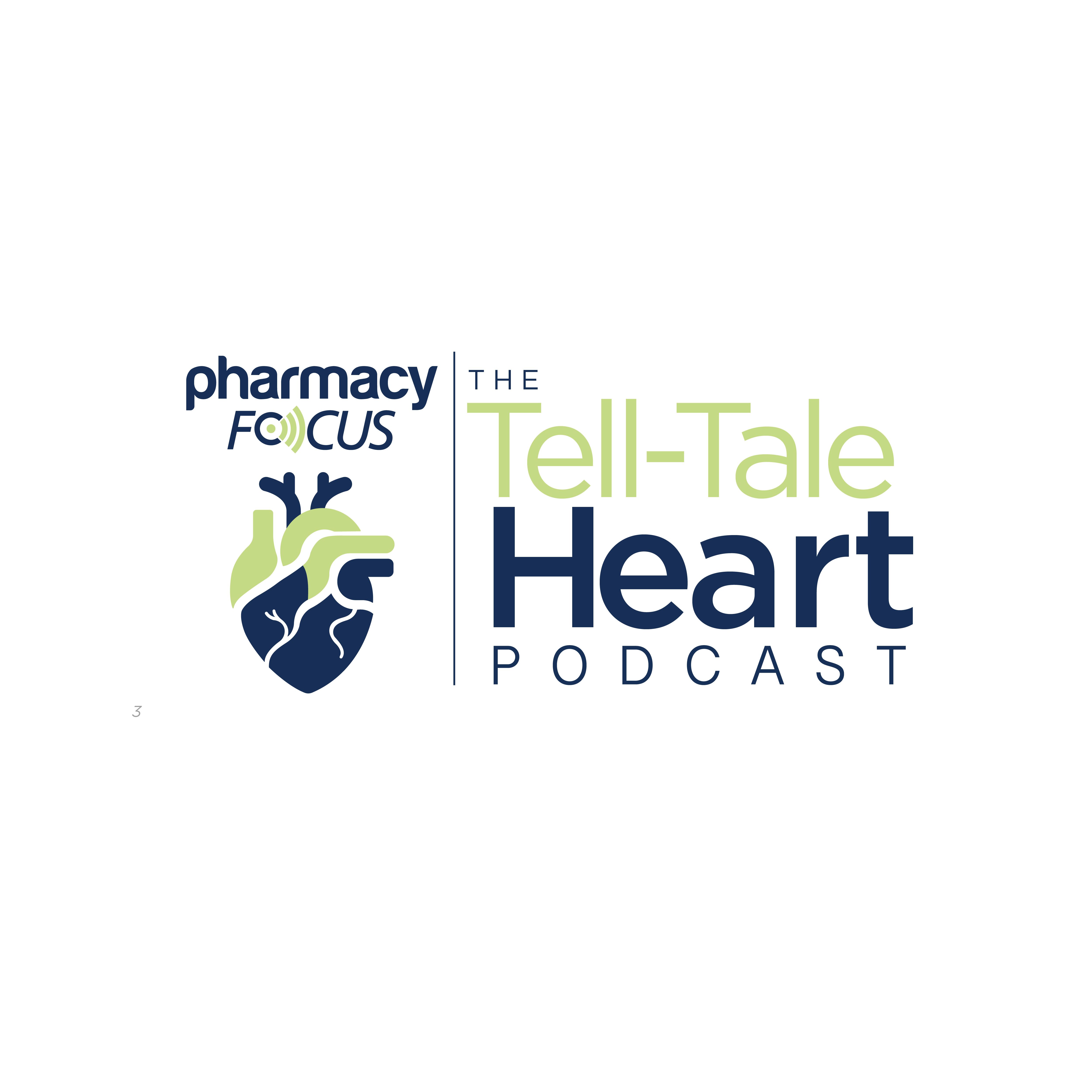News
Article
Caveolin-1 May Be A Promising Therapeutic Target For Multiple Myeloma, Study Finds
Author(s):
Key Takeaways
- Caveolin-1 (CAV1) is crucial in modulating multiple myeloma (MM) cell processes, influencing tumor progression and immune evasion.
- Inhibiting CAV1 reduces MM cell adhesion, drug resistance, and enhances natural killer (NK) cell-mediated cytotoxicity.
CAV-1 is a key protein in lipid rafts that helps control cellular processes such as growth, survival, and migration.
Researchers have identified caveolin-1 (CAV1) as a promising therapeutic target for enhancing the efficacy of bortezomib- (Velcade; Millennium/Takeda and Janssen Pharmaceutical Companies) and natural killer (NK) cell-based therapies in the treatment of multiple myeloma (MM). Their findings, published in Advance Science, show the significant role CAV1 plays in modulating key MM cell processes that aid in tumor progression and immune evasion.
Multiple myeloma cells | Image Credit: © kamonrat - stock.adobe.com

MM is a heterogeneous disease with various identified biomarkers that allow for the development of agents that selectively target overexpressed, malignant plasma cells, such as CD38, BCMA, and GPRC5D. However, because of acquired resistance, clonal evolution, or cell-intrinsic heterogeneity, relapse is inevitable. Therefore, to improve the treatment of MM, new, biology-focused medicines are needed.
Membrane lipid rafts play a role in apoptosis, endocytosis, cholesterol transport, signaling, and immune responses. They also affect chemotherapy and immunotherapy effectiveness by regulating cell membrane transport and surface targets. CAV1 is a key protein in lipid rafts that helps control these processes and is linked to several cancers, influencing cell growth, survival, endocytosis, and migration. In MM, CAV1 is overexpressed in both cell lines and patient samples, potentially promoting MM cell growth and movement.
To better understand the role of CAV1 and its potential as a therapeutic target, the researchers performed various experiments. They used cell adhesion assays to assess how CAV1 knockdown affected MM cell adhesion to bone marrow stromal cells (BMSCs) and its impact on drug resistance. Drug sensitivity assays were used to determine whether CAV1 suppression enhanced the efficacy of bortezomib and monoclonal antibody therapies, such as daratumumab (Darzalex; Janssen Biotech, Inc). They also performed gene expression analyses to examine changes in immunostimulatory markers (such as SLAMF7, CD112, and CXCL10) and adhesion molecules following CAV1 inhibition. Their findings were validated using preclinical models to evaluate the translational relevance of targeting CAV1 in MM therapy.
The analyses showed that reducing CAV1 levels in MM cells impairs their adhesion to stromal cells and lowers their resistance to bortezomib. Inhibiting CAV1 also helps NK cells attack MM cells more effectively by increasing levels of CXCL10, SLAMF7, and CD112. Additionally, CAV1 suppression disrupts the MM cell's ability to manage oxidative stress and impair key cellular processes crucial for survival.
According to a mouse model, CAV1 inhibition makes MM cells more vulnerable to starvation, glutamine depletion, and inhibition of glutamine transporters, resulting in slower growth during bortezomib treatment. The researchers explored CAV1 inhibition through the use of FDA-approved drugs such as 6-mercaptopurine, daidzin, and statins, and found that they boosted the effectiveness of bortezomib both in vitro and in vivo. These results highlight CAV1 as a promising therapeutic target for enhancing both chemotherapy and immunotherapy in patients with MM.
These findings underscore CAV1’s role in MM cell survival, adhesion, and drug resistance, showing that its inhibition enhances chemotherapy and immunotherapy efficacy. The ability of FDA-approved drugs to suppress CAV1 further highlights its therapeutic potential, paving the way for novel treatment strategies that could improve outcomes for patients with MM.
REFERENCES
Zhan D, Du Z, Zhang S, et al. Targeting Caveolin-1 in multiple myeloma cells enhances chemotherapy and natural killer cell-mediated immunotherapy. Advance Science. December 4, 2024. Doi:10.1002/advs.202408373
Newsletter
Stay informed on drug updates, treatment guidelines, and pharmacy practice trends—subscribe to Pharmacy Times for weekly clinical insights.






